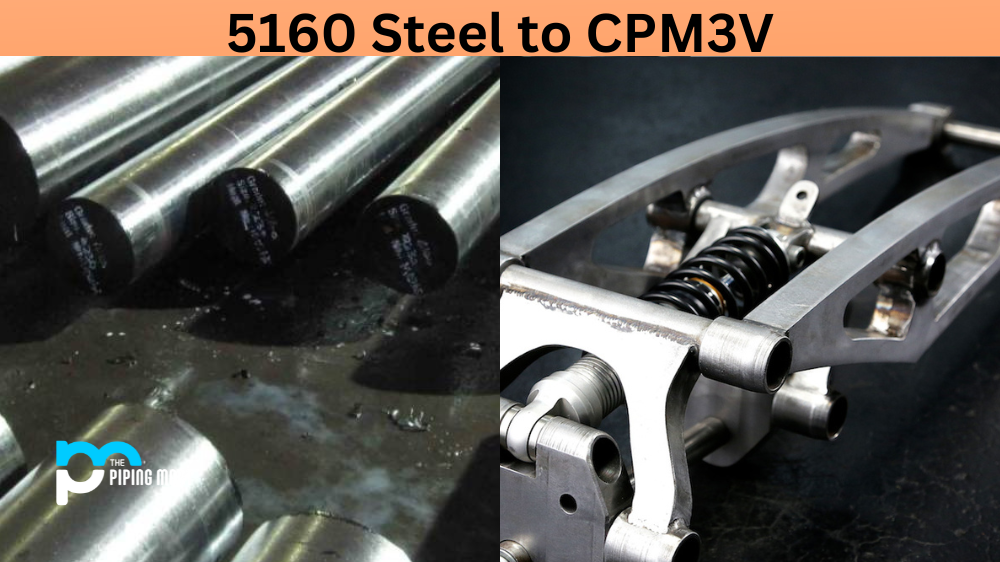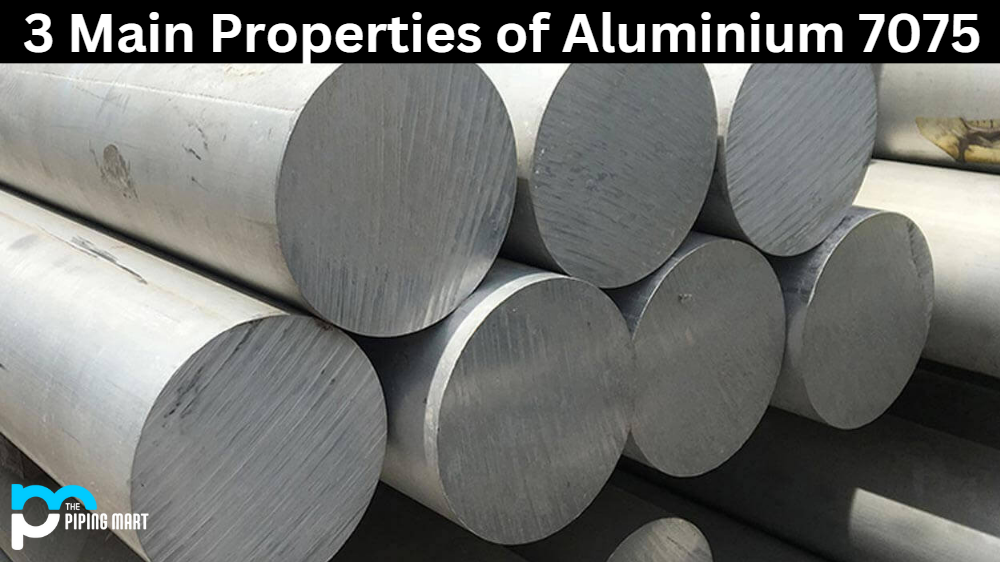13Cr steel and stainless steel 316 are popular choices regarding materials for various applications. Their unique properties make them suitable for specific uses but differ significantly. This post will discuss the difference between 13Cr steel and stainless steel 316, their properties, and their uses.
What is 13CR Steel?
13Cr steel is martensitic stainless steel commonly used in the oil and gas industry. It contains 13% chromium, high corrosion resistance, strength, and hardness. This type of steel is also known as Type 410 stainless steel. It has a low carbon content, which makes it easy to weld, but it is not as durable as other types of stainless steel.
What is Stainless Steel 316?
Stainless Steel 316 is a popular grade of stainless steel that contains 16% to 18% chromium, 10% to 14% nickel, and 2% to 3% molybdenum. It is highly durable and has excellent corrosion resistance and high resistance to pitting and crevice corrosion. It is commonly used in the chemical, food, and pharmaceutical industries.
Difference Between 13Cr Steel and Stainless Steel 316
Corrosion Resistance
13Cr steel is excellent in resisting corrosion compared to other steel types. However, it falls short of stainless steel 316, which has superior corrosion resistance. Stainless steel 316 has a higher molybdenum content than 13Cr steel, enhancing its corrosion resistance, especially in saltwater environments.
Hardness
13Cr steel is harder than stainless steel 316, which makes it suitable for specific applications where hardness is crucial. For example, it is commonly used in the oil and gas industry for valves, pumps, and drill bits due to its high strength and abrasion resistance. However, it also means it is more challenging to machine than stainless steel 316, which has excellent machinability.
Price
Regarding the price, 13Cr steel is relatively inexpensive compared to stainless steel 316. This is one of the reasons why it is commonly used in the oil and gas industry, where cost-effective solutions are necessary. On the other hand, stainless steel 316 is more expensive due to its superior properties.
Conclusion
13Cr steel and stainless steel 316 are excellent materials with unique properties and a wide range of applications. While 13Cr steel is cheaper and harder than stainless steel 316, it doesn’t have the same level of corrosion resistance. Stainless steel 316, on the other hand, is more expensive but has the highest corrosion resistance compared to different types of steel. When choosing between the two materials, it is important to consider the application, environment, and budget.

Abhishek is a seasoned blogger and industry expert, sharing his insights and knowledge on various topics. With his research, Abhishek offers valuable insights and tips for professionals and enthusiasts. Follow him for expert advice on the latest trends and developments in the metal industry.




